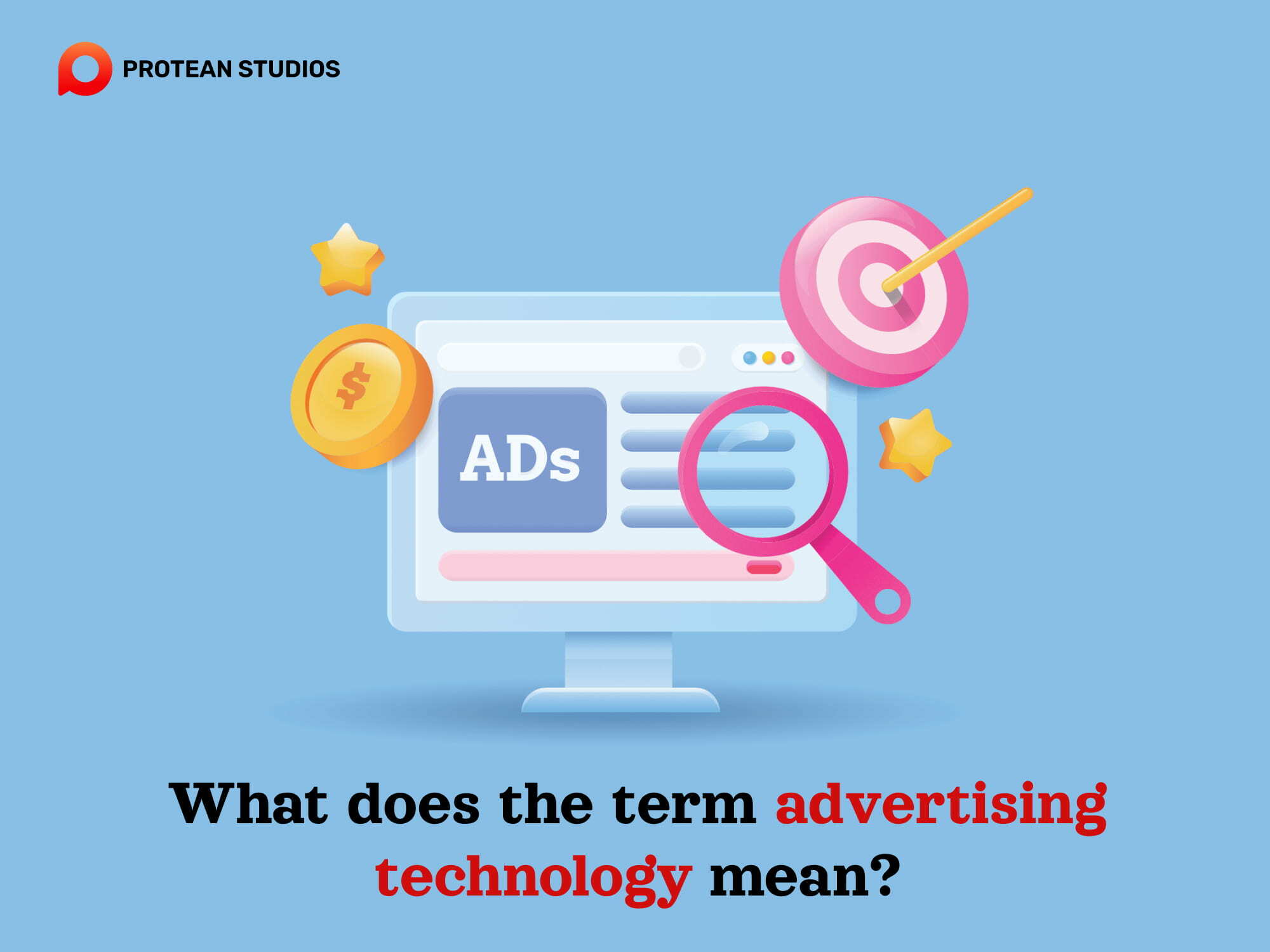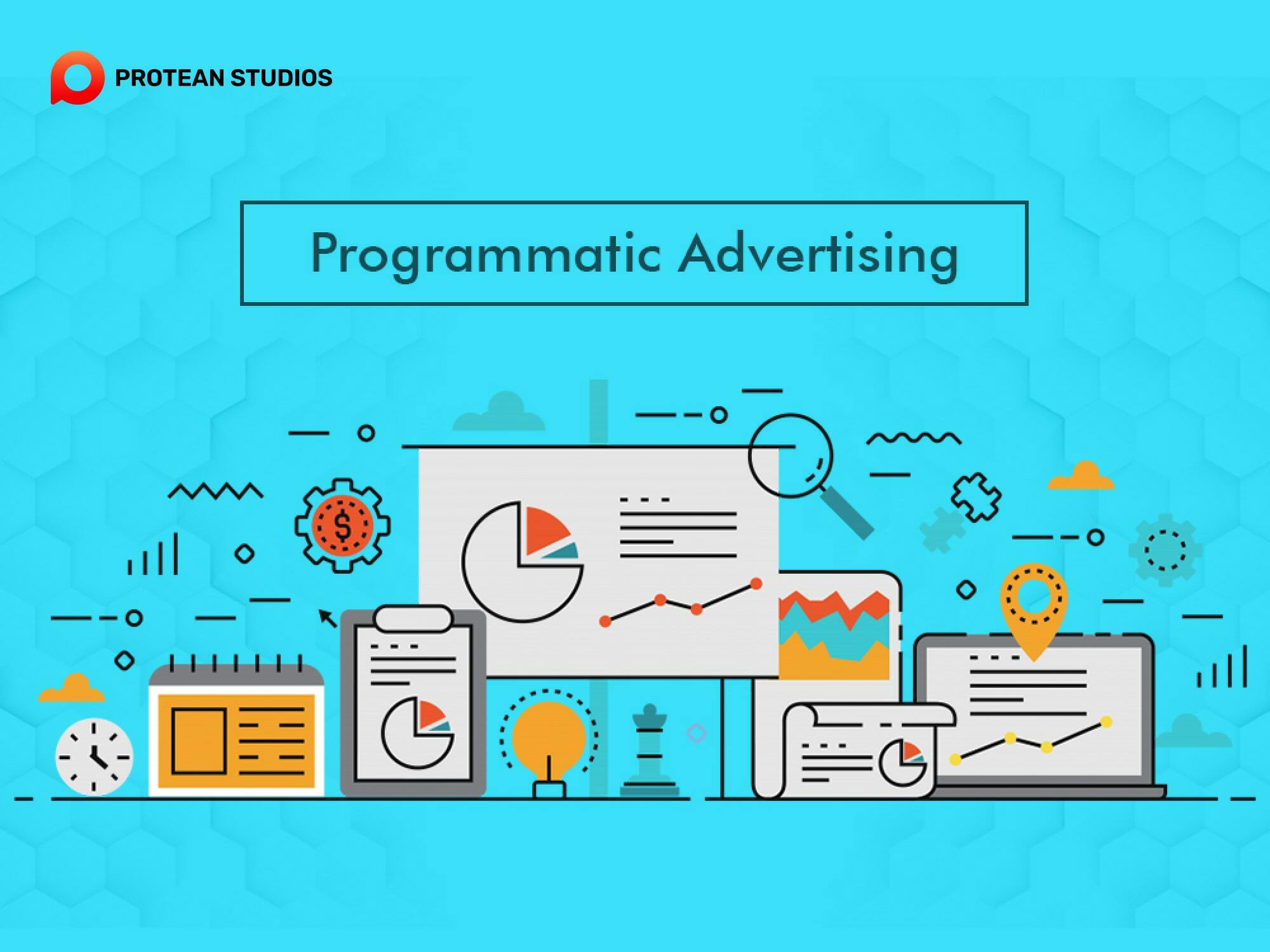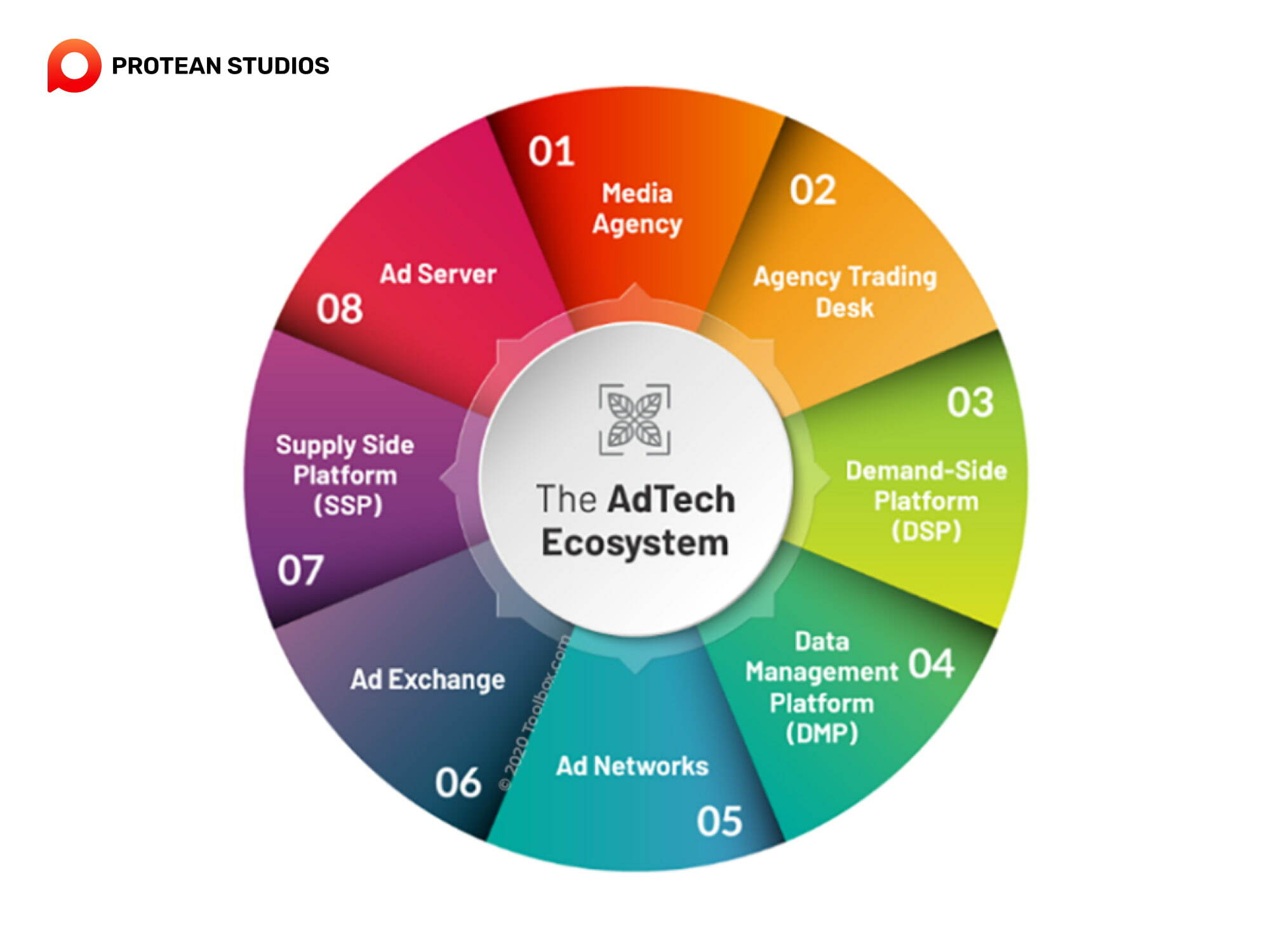With the breakout of the digital era, advertising technology (AdTech) merged to support and promote the marketing process. What exactly is AdTech? This guide aims to unravel the complexities surrounding AdTech, focusing on its definition, ecosystem, and the role of programmatic advertising.
What does the term advertising technology mean?
Advertising technology, or AdTech, is a term that refers to the software, platforms, tools, and services to advertise. It enables the creation, delivery, measurement, and optimization of digital advertising. Ad tech encompasses the entire process of online advertising, from the initial planning and targeting of audiences to the bidding and buying of ad space. The goal is the delivery and tracking of ad campaigns.

Ad tech enables advertisers to reach potential customers across various channels, devices, formats, and contexts—for example, websites, apps, social media, video, audio, search engines, etc. In addition, businesses can earn money from their content and audiences when advertising. Thus, ad technology is always evolving and innovating to meet the needs and preferences of consumers and advertisers.
Why do we need advertising technology?
Advertising technology plays a crucial role in the modern business landscape for several compelling reasons:
Efficiency and Automation: AdTech automates various aspects of the advertising process, such as ad placement, buying, and optimization. This automation not only increases efficiency but also allows advertisers to manage campaigns at scale, saving time and resources.
Data-Driven Insights: Advertisers can access vast amounts of data, allowing them to analyze performance metrics in real-time. This approach empowers advertisers to make informed decisions, optimize campaigns, and divide resources.
Personalization: AdTech enables the creation of personalized and dynamic content tailored to individual users. Personalized ads enhance the user experience and engagement.
Cross-Channel Integration: Thanks to AdTech, advertisers can integrate various advertising channels, including social media, display ads, video, etc. This ensures a cohesive and consistent brand presence across the digital landscape.
==>>> Learn more about the digital landscape that makes advertising technology develop: What is a digital transformation? Why does it matter?
The world of programmatic in ad tech
As you explore ad tech and its related ideas, you'll encounter terms like programmatic buying, programmatic direct, or RTB. Below is the world of programmatics in AdTech.

1. Programmatic Ad Buying
Programmatic advertising is the process of using software and algorithms to buy and sell digital ads in an automated way. It allows advertisers and publishers to optimize their campaigns and revenues by targeting specific audiences, platforms, and contexts.
2. Programmatic Direct
This is a method of buying ad inventory from publishers or ad networks without going through an auction. It involves setting up a deal between the buyer and the seller. specifying the price, volume, and targeting criteria of the ads. Programmatic direct can be further divided into guaranteed deals, preferred deals, and private auctions.
3. Real-Time Bidding (RTB)
RTB is a process where advertisers bid on ad space in live auctions through an ad exchange. This method is convenient for publishers because it enables them to sell inventory without managing the process. While publishers may not receive top-dollar values through RTB, they still get a fair deal, as the demand for the ad space determines bid prices.
The AdTech Ecosystem
The advertising technology ecosystem is a complex network of intermediaries that facilitates the buying and selling of digital advertising. It consists of the following components:
1. Media Agency
A media agency is an entity that plans, buys, and manages advertising campaigns for advertisers. They help advertisers reach their target audiences, optimize their budgets, and measure their campaign performance.
2. Agency Trading Desk (ATD)
An ATD is a specialized unit within a media agency that uses technology platforms to execute programmatic advertising. This is the automated and data-driven process of buying and selling ad inventory in real time.
3. Demand-Side Platform (DSP)
A DSP is a software platform that allows advertisers and ATDs to access and bid on ad inventory from many sources, such as ad networks, ad exchanges, and publishers. A DSP uses data and algorithms to optimize the bidding strategy and deliver the most relevant ads to users.

4. Data Management Platform (DMP)
Advertisers and marketers depend on data management platforms (DMPs) to centralize both first- and third-party data. DMPs gather information from various sources. For example, mobile apps, web applications, CRMs, marketing automation platforms, transactional systems, advertising campaigns, social networks, etc.
It uses big data analytics and AI/ML technology to recognize trends and consumer behavior. They generate audience segments, analyze profiles, and gain insights into users' purchasing intentions.
5. Ad Networks
This is an entity that aggregates ad inventory from many publishers and sells it to advertisers and ATDs. An ad network acts as a middleman between the supply and demand sides of the advertising technology ecosystem, offering a variety of ad formats, targeting options, and pricing models.
6. Ad Exchange
The ad exchange serves as a platform enabling the trade of ad inventories among different ad networks. This exchange occurs through the real-time bidding (RTB) process, determining the price of the ad space based on the real-time demand and supply for that slot.
7. Supply Side Platform (SSP)
An SSP is a software platform that allows publishers to manage and sell their ad inventory to many buyers, such as ad networks, ad exchanges, and DSPs. An SSP helps publishers maximize their revenue, control their inventory, and protect their brand's safety.
8. Ad Server
This is also a software platform that delivers and displays ads on websites, apps, or other digital platforms. An ad server tracks the impressions, clicks, conversions, and other metrics of the ads, providing insights to both publishers and advertisers.
==>> To learn more about software platforms, you can see the blog: Unlocking Software Development Potential Through Digital Transformation
Wrap up about the advertising technology world
In summary, the advertising technology world is a dynamic space that transforms how businesses connect with their customers. From media agencies to advanced technologies like AI and RTB, AdTech enhances precision and personalization in digital advertising. The collaboration between advertisers, agencies, and various AdTech components has become important for creating effective campaigns in the digital era.




